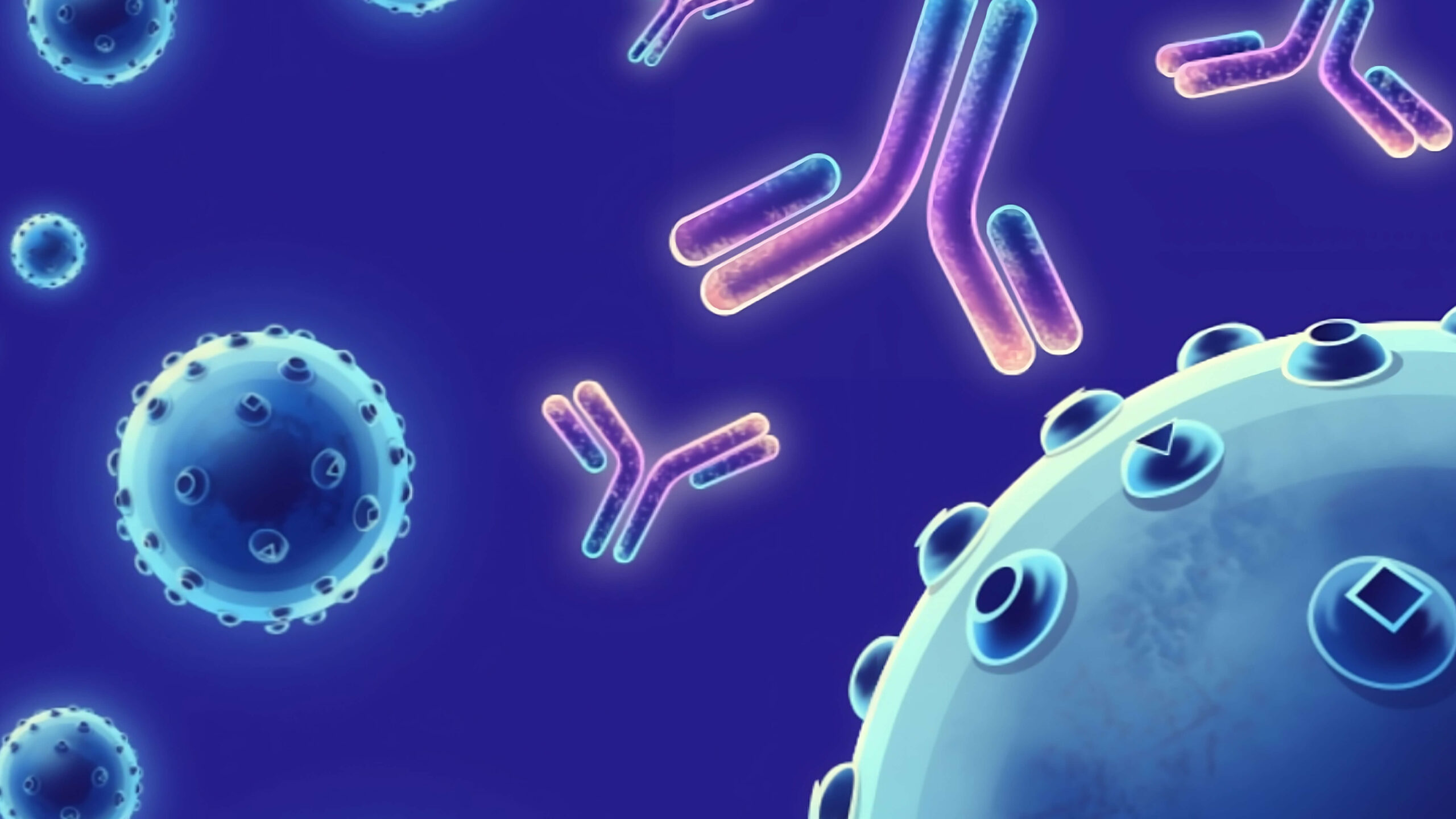Description
CEACAM5, also known as CEA or CD66e, belongs to the large CEACAM subfamily of the immunoglobulin superfamily. CEACAM5 is expressed primarily by epithelial cells, and is synthesized as a glycoprotein with an MW of 180 kDa comprising 60% carbohydrate. CEACAM5 contains one Ig-like V-type domain at the N-terminus, followed by six Ig-like C2-type domains and a GPI anchor, and exists as a homodimer. CEACAM5 and CEACAM6 are overexpressed in many cancers and are associated with adhesion and invasion. CEACAM5 can mediate cell-cell adhesion through homotypic and heterotypic interactions. It functions as a homotypic intercellular adhesion molecule and serves as a widely used tumor marker, since it is expressed at higher levels in tumorous tissues than in corresponding normal tissues. CEACAM5 has also been shown to contribute to tumorigenicity by inhibiting cellular differentiation. In addition, CEACAM5 is identified as the host receptor for the Dr family of adhesins of E.Coli, and the binding of E.coli Dr adhesins leads to dissociation of the CEACAM5 homodimer.
Target
CEACAM5
Target Alias Names
CD66e, CEA
Isotype/Mimetic
Rabbit IgG
Animal-Derived Biomaterials Used
Yes
Sequence Available
No
Original Discovery Method
Phage display technology
Antibody/Binder Origins
Animal-dependent discovery (in vitro display, OR immunisation pre-2020), In vitro recombinant expression, Animal-derived biomaterials used in production or final formulation

